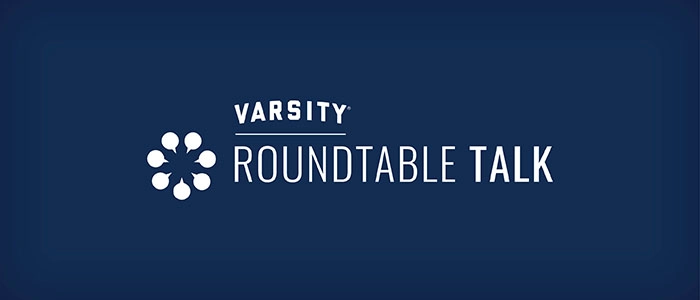In senior living sales, the real work doesn’t end when the tour does — it begins. Families often leave communities feeling hopeful yet overwhelmed, facing a mix of emotions, logistics, and uncertainty about what comes next. Turning that uncertainty into clarity requires more than follow-up calls — it takes empathy, guidance, and a genuine commitment to helping families move forward.
That’s the message shared by Kiera DesChamps, founder of KD Consulting Group and author of the new book After the Tour, during Varsity’s weekly Roundtable. Drawing on her deep experience helping communities improve occupancy while supporting families through transitions, Kiera discussed how sales teams can transform interest into action through trust, partnership, and hands-on problem-solving.
Below are a few Fresh Perspectives from her discussion.
TURNING INTEREST INTO ACTION STARTS AFTER THE TOUR
The real work begins once prospects leave the community. Families go home to emotional and logistical overwhelm, not disinterest. Sales teams that guide, not just follow up, turn that silence into trust and momentum.
LISTS DON’T CLOSE SALES — SOLUTIONS DO
Every community can hand out a glossy packet, but real differentiation comes from solving problems. Warm introductions, coordinated next steps, and genuine support move families forward faster than information alone.
FOLLOW THE LEADER MODEL
Kiera’s LEADER framework — Listen, Engage, Adapt, Deliver, Execute revenue — shifts sales from scripted outreach to personalized guidance. Adapting and delivering tangible help builds confidence and readiness to move.
PARTNERSHIPS BUILD TRUST AND SCALE IMPACT
A short list of vetted, educated partners acts as an extension of the sales team. These collaborators can provide hands-on help without overloading staff and strengthen the community’s credibility with families.
REPRESENTATION STRENGTHENS CONNECTION
Families feel safer and more confident when they see themselves reflected in the people and partners representing a community. Diversity and authentic relationships create comfort and belonging from the first interaction.
INVEST WHERE IT MATTERS MOST
Rethink incentives. Instead of rent discounts, fund practical help like downsizing assistance or floor plan consultations. These creative investments reduce stress, boost readiness, and show families they’re not alone.
Varsity’s Roundtable is a weekly virtual gathering of senior living marketers and leaders from across the nation. For updates about future weekly Roundtable gatherings, submit your name and email address here.
